It’s easy to be astounded by statistics such as 14 fps and ISO 3,000,000. But when you put everything that Nikon’s latest flagship body offers together, you get a machine that is the first of its kind, and that's really thanks to the combination of two features Nikon obviously pushed to new heights: autofocus, and — yes — ISO sensitivity (which has itself been a point of controversy for the Nikon D5).
Conclusion (Yes, the conclusion is coming first on this one)
I’ll be the last one to tell you the Nikon D5 actually has an ISO 3,000,000 setting. Of course, it really does. But we all know that’s completely pointless. What Nikon did do, however, is significantly improve the performance at lower, but still ridiculously amazing ISO values. Performance at ISO 100 might not be at the same level as the D750 (according to some), but overall, it’s exactly the camera it’s supposed to be. Marketing-wise, Nikon may have gotten a bit carried away with those higher figures. But they wanted the credit for the new numbers that they’re making truly useable for the first time (with enough light, some of these settings might be useful in extreme circumstances for surveillance, etc.).
Combine ISO values with an autofocus system that feels a generation or two ahead of its time, and you might begin to understand why so many sports shooters are just glowing after receiving their D5s. I never thought I’d say this (at least not so soon), but I would feel completely fine if Nikon announced they were going to stop development of autofocus technology for a while. I haven’t tried the Canon 1D X Mark II yet, but if it doesn’t have an autofocus system that can calculate data combined from reading your mind and telling the future of the events about to unfold in front of you at the same time, I can’t imagine it beating the D5 in practice.
Those are pretty strong, glowing words, and I’m clearly impressed. But Nikon earned it. Back to some reality, now.
First Impressions and Handling
Jumping back for a moment, the D5 naturally feels amazing in the hands. Very similarly to the D4 and the D3 before that, the D5 improves upon the ergonomics and design of the previous bodies in small ways that one would expect. It’s a newer camera. And it’s a better camera. This much is obvious before you order it just as much as when you’re first taking it out of the box. However, the D5 has two practical changes to its form that are a real pleasure for the professional Nikon experience.
For the first time even since Nikon’s film SLRs of the early 2000s, the ISO button has moved from just below the small LCD screen on the bottom of the rear of the camera to its own spot just behind the shutter release button. This move would have made sense for the D4 or D4S with ISO performance improvements that increased the flexibility of using ISO to change exposure much more than previously possible without unacceptable loss in quality. But with so many of us using the otherwise often-forgotten movie-recording button as an ISO button during still-shooting, Nikon would have disappointed many without making the final shift to a dedicated button in its new more prominent and quite frankly perfect position. In practice, the use of the new button came effortlessly and without the need for any practice coming from a body where I had previously been using the aforementioned movie-record button customization.

The D4 series’ mini joysticks alongside the presence of the standard D-Pad are still a favorite feature of mine on the D5. They’re truly omnidirectional, are placed in both landscape and portrait orientation positions, and remain the fastest way to adjust autofocus points with fluidity in comparison to any other Nikon body.
The touchscreen took this long to speak of because it’s a bit more gimmicky and useless than I would have preferred. The pinch-to-zoom function isn’t nearly as smooth and responsive as iPhone users are accustomed to. Moreover, it’s simply not that useful of a feature. While I could be wrong about this, it seems that the issue lies more in the touchscreen hardware than in its software (which would be a bummer). But that’s pure speculation. The touchscreen is, however, fantastic for one purpose: scrolling one-by-one, but extremely quickly through images in playback by scrolling the finger along the bottom of the screen while reviewing.
Nikon has always had terrible playback responsiveness when trying to scroll through images quickly via playback. Sure, you could skip every ten frames quite quickly by setting the aperture dial accordingly in playback mode, but it simply wasn’t the same as Canon’s beautifully executed playback UI with the aid of their giant scroll wheel. Mind you, I’m a Nikon shooter and can’t stand the scroll wheel for anything else. But I’m happy that the touchscreen alleviates this problem for the most part.
One small disappointment that's actually a growing irritation for me is the benefit (or lack there of) of the function buttons. Nikon went through the trouble of adding a third function button on the front of the body (accessed by your right hand's fingers wrapping around the grip) as well as an Fn3 button on the rear side (bottom left in the image above). For all the added buttons, it's unfortunate that you can only choose between two to four actions for each button, depending on which one you're editing. I won't go too much into detail, but the point is, one would think you could program just about any function the camera offers into these buttons. Perhaps it's enough for some, but I can imagine it being a let-down for others.
Image Quality
As could be expected, color rendition, sharpness, general quality due to great combination of pixel count and pixel size, etc. are all in order with the D5. There’s no reason whatsoever to think that well-executed images shot with this body would disappoint anyone. I’m not going to waste anyone’s time by comparing the D5’s 20-megapixel images to the D4’s 16-megapixel images or some other camera’s 20-megapixel images. Suffice it to say that overall image quality is top-notch for what it is. With that, we’ll jump more specifically, however, into two main areas in which the D5 is supposed to excel: Autofocus and ISO.
Autofocus
Here we have the two big areas within which the D5 is supposed to easily outrun its main competition: the Canon 1D X Mark II. While I neither will nor care to review and compare both cameras, speaking on the merits of the D5 on its own and also in relation to the hype is easy.
To no surprise, Nikon once again improved autofocus in their flagship body. I admit I was at first thrilled to see how quickly the 3D tracking mode reacted to changes in the environment and/or the subject being tracked. Once I got used to the new system, in practice, I realized that I could dial back my tone a hair. It’s no longer as magical as it first appeared. But that said, the autofocus system in the D5 is by far the best system I’ve ever encountered. My feeling that Nikon really stepped up its game and created something that is so close to perfection goes unchanged after several more weeks of use with recent trips through California and Hawaii.
In my best opinion, only if you rely on your autofocus in the harshest of conditions would I recommend a switch from the D4S to the D5 based solely on autofocus performance. But for some, that’ll do the trick. For others, the D5 is a step up you can look forward to in a year or two as prices come down slightly.
ISO
When Nikonians start marketing for their preferred brand, they don’t wait long before throwing out the ISO 3,000,000 figure. Indeed, ISO 3,280,000 sounds fantastically (wait for it!) absurd. And it absolutely is.
So for just a moment, let’s try to put this in context. First, Nikon historically markets their native ISO range fairly accurately. The top end of the ISO range tends to be around or perhaps one stop over what I consider “8x10 range,” where it’s acceptable — if not perfect — for anything up to an 8x10 print. Alternatively, Canon likes to market an extra two or so stops of performance that I would say really aren't there, and Canon users know and expect this. But for the D5 release, Nikon did a bit of both.
That 3,280,000 setting is “Hi 5.” That’s five stops above the recommended or “native” top of the ISO range of 102,400, which is still incredibly impressive. And Nikon users will be used to dialing that back by a stop or two for anything larger than an 8x10. But going over 102,400 is clearly for another variety of purposes than general photography. To this extent, I would say yes, Nikon’s D5 is pretty darn good at 51,200, as might be reasonably expected.
Also, do keep in mind that greater sensitivity is not going to magically add light to your scene that’s simply not there. Sensors don’t at all like dark spots when shooting at high sensitivities. What I’m getting at is that a well-lit image shot in any of the Hi modes is much, much better than an image shot in a blacked-out room. Noise isn’t as present since actual light fills in the gaps. And for certain purposes, higher ISO settings might actually be useful if freezing action or shooting with a longer, stopped-down lens is necessary. Naturally, these would be some fairly extreme and niche circumstances.
I know people will comment on both sides of these statements. But I’m personally not entertaining any grandiose thoughts about the viability of an image shot at such ridiculous ISOs. If you need to shoot in truly dark places, don’t get the D5. Get something specialized for the task, like Canon’s new, weird, kind of crazy, but kind of cool (still can’t decide) ME20F-SH, which is actually made to shoot at ISO 4,000,000. If, on the other hand, you want something that covers you from ISO 100-51,200 quite amazingly, the D5 performs to a still-fantastic level with which anyone should be happy. It's "just" one step up. But it's a step up.
D5 Vs. D750: High ISO Tests
The D750 is an extremely popular and well-rounded body that happens to be amongst Nikon’s most excellent low-light shooters. These two things make it a great baseline candidate for a low-light test with the D5. We’ll keep this simple: the next frames are crops of D750 shots on the left and D5 shots on the right. Images are cropped close to 100 percent for each file, so there will be some small differences in perceived size due to the difference in the D750’s 24 megapixels compared to the D5’s nearly 21. These are JPEG exports from raw NEF files, but the differences are clear nonetheless.
ISO 3200
ISO 6400
ISO 12,800
ISO 25,600
At this point, we're going to do D5 crops. These are all ISO 51,200 and up. I let the camera auto white balance everything for each shot. It got a little wonky at the end, but it's fixable in post to match the others (again, why you'd shoot at Hi 5 is still beyond me).

ISO 51,200 (It's noisy, but it's still a pleasant noise at this point. Not bad at all given how dark this scene really is.)

ISO 409,600. At this stage, detail really begins to drop quite a bit. Even for surveillance purposes, this is pushing it for anything that's not within a foot of direct light.

ISO 3,276,800. If you're into surveillance, congratulations: it's a little harder to make out the lit signage that you could have captured at ISO 100 anyway, but you did it at ISO 3,000,000, because you could.
ISO 100
On that note, there is something slightly disappointing about the D5: shots at ISO 100 simply don’t have that crisper-than-crisp, top-quality feel to them. The color is great. If the exposure is fairly even throughout the image, dynamic range is more than enough. But overall, it won’t set records like the D810 or D750 when it comes to dynamic range at low ISOs.
Normally, I’d take this with a grain of salt. But the more I think about it, the more I can’t decide if it bums me out or if I shouldn’t care because the D5 isn’t made for shooters that need needle-point clarity out of every image. Ultimately, I suppose you need to decide for yourself if that matters. But do note that the D5 looks nearly identical between ISO 100 and 800 — it looks like ISO 400, and you won’t necessarily be able to pull ridiculous shadows out of nothing as you might be used to with some of Nikon’s more recent, smaller professional bodies.
The base D750 shot (left) looks about the same as the D5 shot, both underexposed by five stops, here.
Here's what everyone's in a huff about. Pulled up five stops in Lightroom, the D750 shot (left) looks quite a bit better in terms of color and noise compared to the D5 shot at every point of the image (shadows, midtones, and highlights). These were both shot at ISO 100, and yet it's clear that the D750 is the low-ISO dynamic range champ. My advice: don't shoot your images five stops underexposed. Those that get the D5 should know this isn't why they're getting it. Regardless, the results are still impressive and acceptable in print publications.
Fourteen Frames Per Second = Handheld HDR
Between 10 fps, 12 fps, and 14 fps, what’s the difference, really? At the end of the day, these are all extremely fast frame rates. Nikon naturally has improved a bit upon the previous generation, this time offering 12 fps shooting, or up to 14 fps with the mirror locked up (i.e. no small autofocus adjustments between shots).
There’s not much point in discussing the frame rate aside from one rather interesting bit that I started doing while taking some behind-the-scenes photos in Hawaii. Some of the situations were rather contrasty with the sun coming up early in the morning, etc. So, I thought: why not bracket the scenes with three shots at a stop or two apart each? But I was shooting moving subjects. This wasn’t fast action, but even with a tripod, I couldn’t count on Lee, Patrick, David, and Mike to all stay still for me while they were busy shooting in order for me to get my BTS shots. So, why even shoot on a tripod at all? And that’s when I thought: at 14 frames per second, how much really moves?
I surprised myself when I found out later while editing in Lightroom that it worked. Setting the camera to bracket three frames each time and on Continuous High at the full 14 fps (because you don’t want the camera adjusting autofocus anyway between frames), the D5 will shoot each bracketed set and then automatically stop shooting in Continuous High until you release your finger and trigger the shutter again. Each intended photograph can thus be captured in a sort of modified single shooting mode in this sense, as each triggering releases just the burst of images needed for each bracketed sequence.
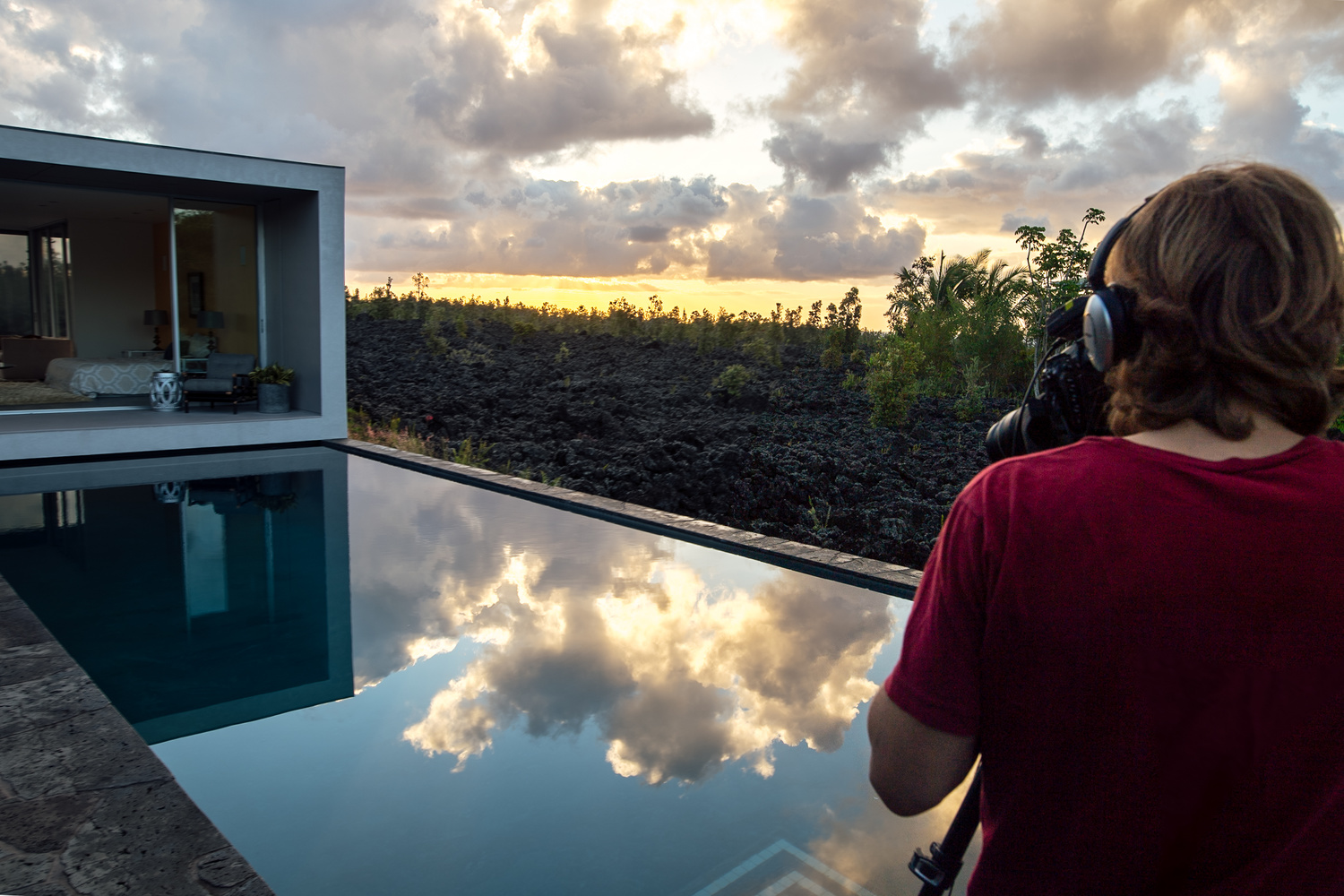
I didn't really edit any of this apart from pulling highlights in and pushing shadows up after the Lightroom photo merge. Everything was easily kept sharp with a simple auto-align checked during the merging process.
Later, I didn’t spend much time at all (these were “just” BTS photos, after all) doing an HDR Merge in Lightroom with auto-align selected. I did find myself moving anti-ghosting settings to the highest mode for faster objects, as with the Phantom 4 drone that I shot for a quick test. But overall, ghosting was extremely well-controlled. Shooting handheld HDR images was a true success.
I wouldn’t necessarily recommend this for a paying gig that requires a professionally finished image. But then again, what’s the difference, really? Sure, I didn’t edit these images much. But with the right amount of work, you could really use the extremely high frame rate of the D5 and its bracketing function to give yourself much more dynamic range than normally possible.
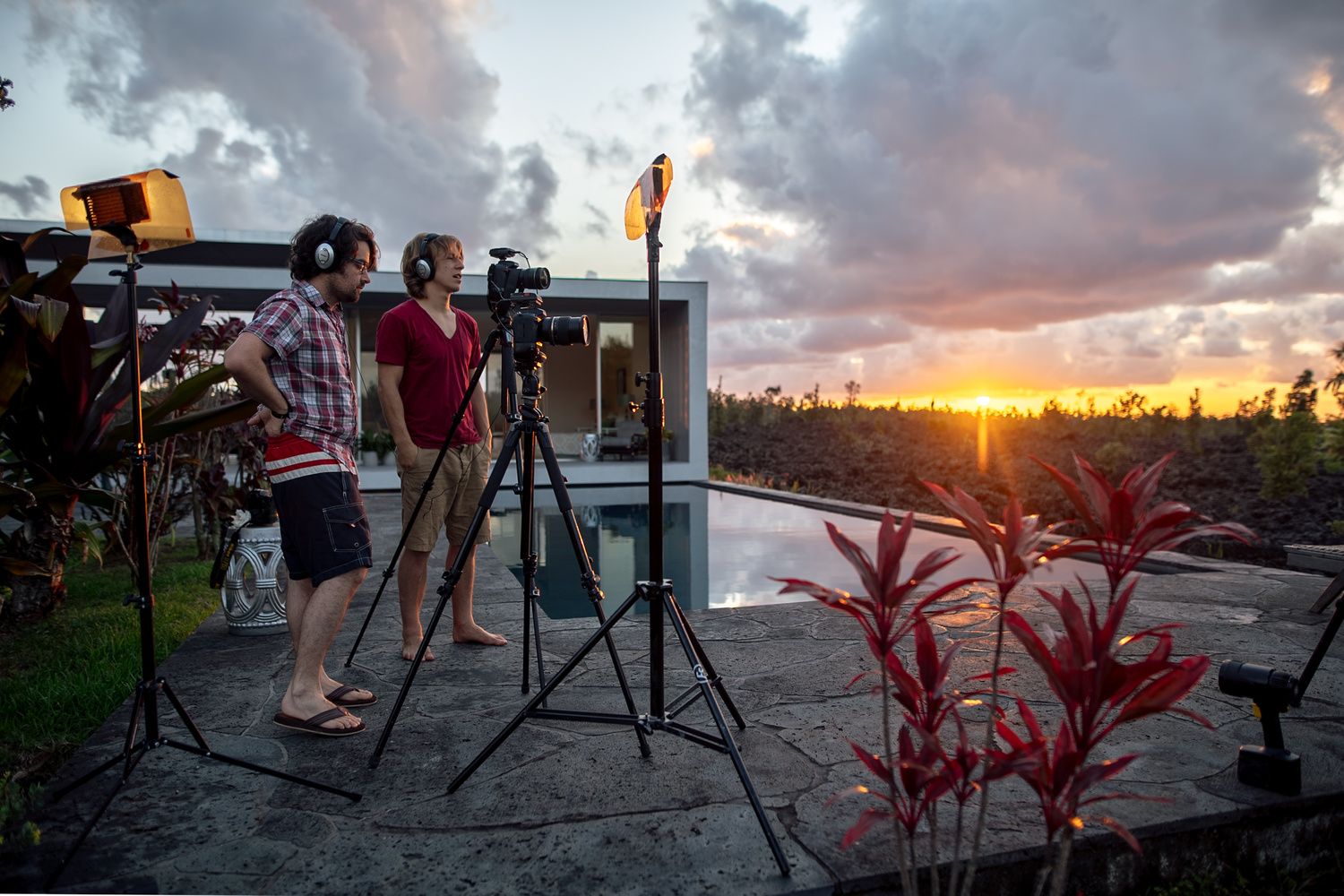
That sun would normally have been completely blown out. At least this way we get some beautiful golden color thanks to the handheld HDR technique made even easier with the D5's 14 fps.
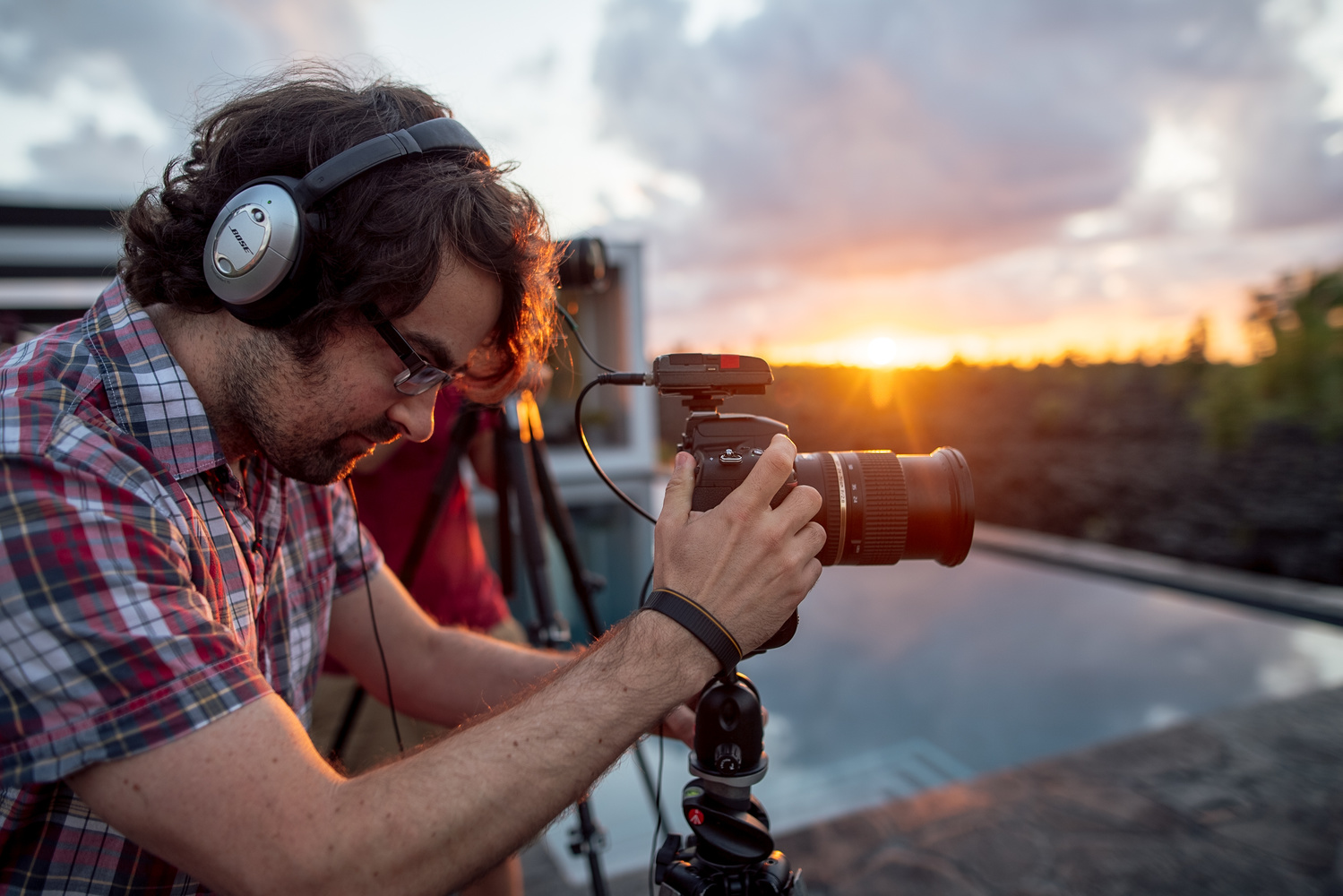
A final example shows just how much range there is in these three-shot HDR merges. Patrick would normally have been almost completely dark with a lackluster rim light from the sun around his face and arms. Here, the sunrise simply adds a great glow to a normally exposed figure.
Video
I'm sorry, but I'm not going to waste anyone's time with an in-depth video review for this camera. While it's great to have the option of 4K video (finally) in a Nikon DSLR, the price point of the D5 puts it out of the reach of those whose primary job is not shooting still images. For $6,500, any basic research will point you toward a whole world of other better options for video. For those that shoot the occasional video with their pro bodies, yes, it does 4K for three minutes. Supposedly, a firmware update is coming out sometime in June to extend that limit to the standard 29 minutes, 59 seconds. Here's to hoping.
Final Thoughts
There's no special resolution or epiphany that comes at the end of reviewing a flagship camera. Every year, brands do their best to cram in as much new technology as possible. In these flagship models that come out every two to four years, most frivolous features are laid aside in favor of improving those that help the camera better serve the photographer. So, it's no surprise how similar in operation and general performance the D5 really is compared to the D4 and D4s.
Still, it's pleasant to see continued advancements in autofocus and low-light performance — the two main points of consideration for those that really need an iconic body such as the D5. As far as the battery goes, I didn't shoot with the D5 every day I was in Hawaii. But of those ten days or so, I did shoot quite a bit. All that behind-the-scenes testing didn't even drain the battery once. It's nice being back with a pro body's battery for a while. I will surely miss that part.
At nearly $6,500, the D5 isn't cheap. The days of the $5,000 flagship body were short-lived with the D3 and D3s before the D4 came in at $6,000, followed by the D4s' $500 additional increase. But the fact that the D4s still sells brand new for $6,000 is a bit odd. For a 20 percent price difference, the D5's extra all-around performance seems like a no-brainer, unless you're looking at the secondary market, of course. But that's a decision for you and your accountant (or spouse) to make. In the meantime, the D5 is the best all-around camera money can buy — if you have the money to buy it.
Last Note: To XQD or Not to XQD
The D5 comes in dual XQD card slot and dual CF card slot versions, both priced the same. While you can choose to have the card slots switched out later for a few hundred dollars, it's prudent to go with what's right for you. While the CF card option might seem smart if you have a lot of CF cards and don't want to reinvest in those, a quick search online proves the XQD option does provide a chunk of extra speed at relatively little extra cost if you can get away with just a couple new cards. That version was not reviewed here, however. And for those that can live with 99-percent speed (that's an illustrative number, not an actual one), the CF option is nice to have if you can indeed make use of cards in your current kit.
Interested in picking up your own D5? Get it here!


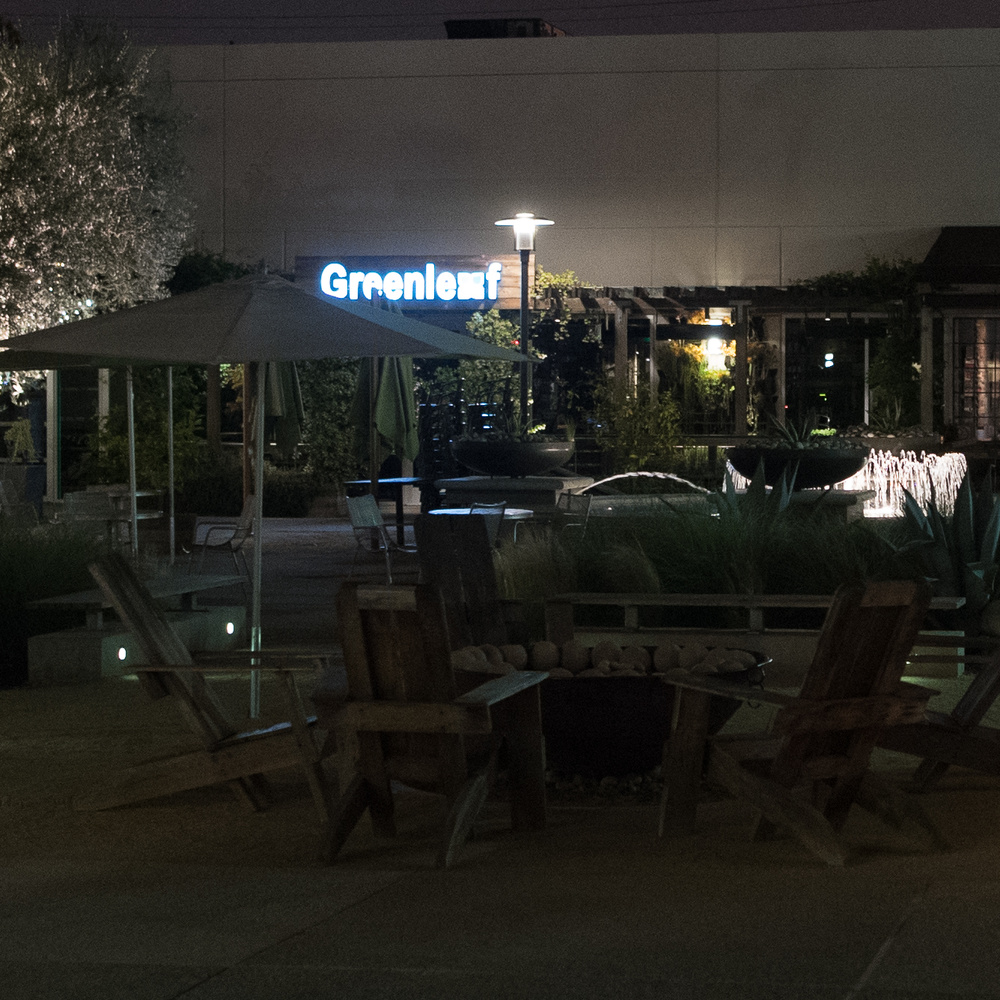











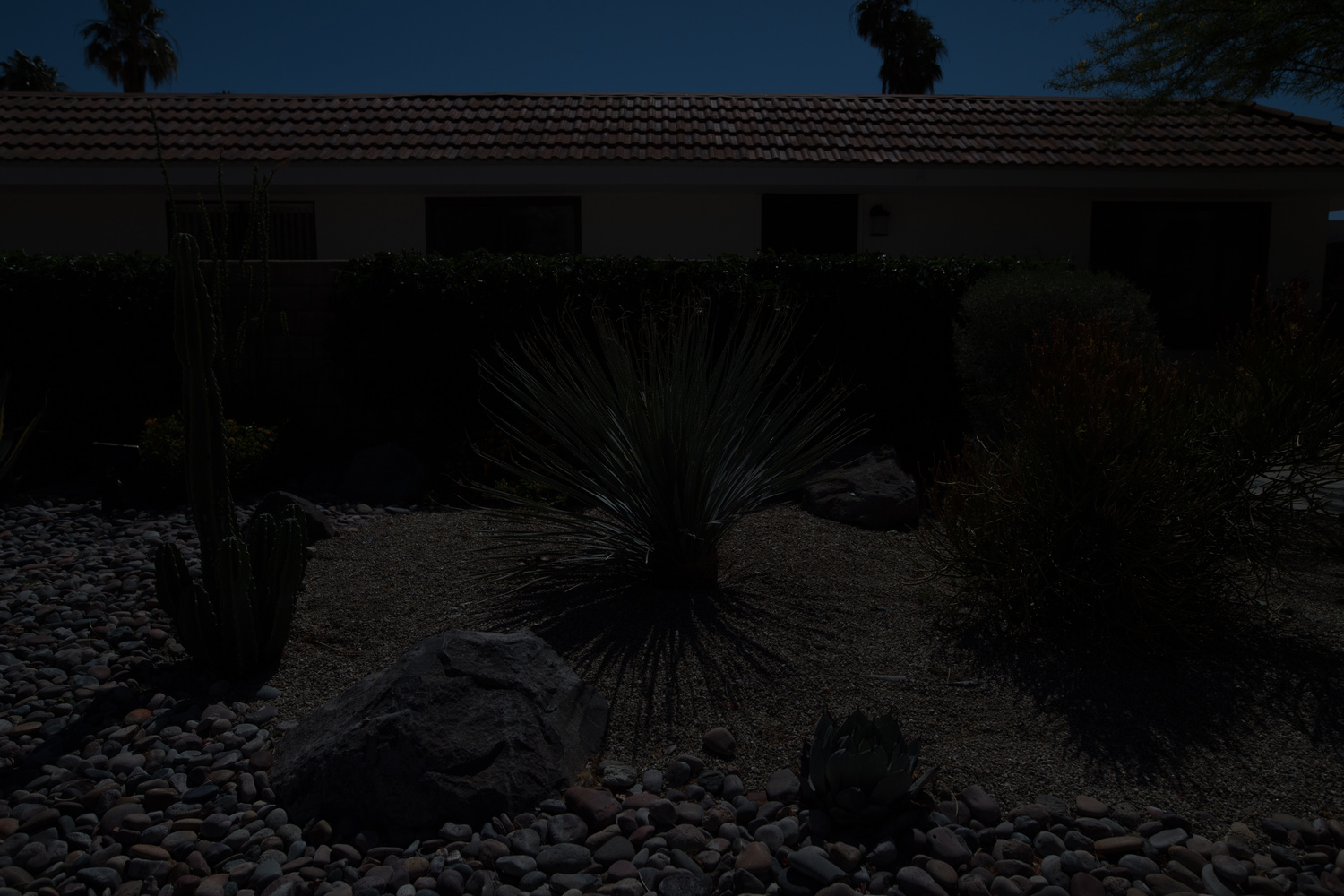









Shot with one over the weekend and absolutely loved it! Just need Nikon to do a D820 with this autofocus and a sensor to rival the resolution of the a7rii and 5dsr and that would truly be a force to be reckoned with... And the next DSLR I'd buy ;)
Yes!!! My D800 is getting very long in the tooth and starting to wear out but I just can't justify a D810 given that its so deep into its product cycle. Its time to see the D820 Nikon!!
Exactly! It's tough going back from a sensor which shoots 36mp to 20mp in this case! The D810 is practically identical to the D800... And due for a new version!
It is due for a new version, but after trying both the D800 and D810, I can say the D810 is quite a bit sharper and better overall -- the point where it's more of an upgrade than the name would suggest. Still, can't wait to see the D820 or whatever it'll be called...
I've heard the same, especially as the ISO goes up. Personally, I feel the D800 really doesn't produce great images beyond ISO 400 or so. They are usable but you lose a TON of detail between ISO 400 and ISO 800. I've heard the fall off from the D810 is much more reasonable.
When the D5 was announced, I was excited and looked on getting one. Then just after I heard the low ISO dynamic range was less compared to previous Nikon bodies, I was disappointed as for me, the wide dynamic range was one of Nikon's best feature - actually one of the main reason I prefer it over Canon.
But then I realize, maybe it's time to embrace the improvement of high ISO technology, which is as well the camera was marketed as.
Like many geek reviews said, the high ISO dynamic range is impressive. It can be actually a new way to create new images rather than trying to focus on lower ISO ranges.
"Here we have the two big areas within which the D5 is supposed to easily outrun its main competition" is there a base on this? Just tried the 1dx2 last night its a huge step up from original 1dx. And 1dx smoked the d4 out of water.
It's fstoppers, it's all about Nikon and Sony. And yes, the 1Dx Mk II is a superior camera to the Nikon counterpart, anyway, this is still better than all competitors...biased articles on gear is the main reason i've been away from fstoppers and all associated groups.
I'm yet to see something good coming from Canon when reviewed by this dudes.. =(
Yes, video wise the d5 is already obsolete when the 1dxmk2 came out. In a year or so Nikon will have d5s...lol
I'll admit that Patrick and I both use NIKON and so we tend to write about it more often but we have 50 writers here who shoot on everything and our 2 full time employees shoot Canon.
The best what?
1Dx Mk II signal to noise ratio is better, the Dynamic Range has been improved quite a lot, making it on pair with the poor D5 DR.
The Canon shoots 4K DCI at 60fps, 1080p at 120fps all in motion jpeg compression, unlike Nikon H.265 and H.264 compression.
The Canon shoots 14fps and 16 with mirror lockup, the nikon is 2 frames lower on both settings.
Nikon only seems superior on the AF system, with those 150+ focusing points and 99 Cross Type, even so, if they are all crippled in the middle of the frame, like what happened with a few FF cameras in the past, it's not that great of a thing.
Canon video AF is far superior.
I really don't know what the hell you're talking about when you say this is the best all around camera money can buy.
When will you people quit the unbiased reviews and come up with some good articles on this matter? This is either Sony or Nikon, i'm yet to see something about Canon, that does not imply changing systems because "my A7RSERS II has some new gizmos".
Let me guess what you shoot. ;-)
Pentax.
Ah. Indignation by proxy. :-)
Love my D5. Truly a joy to use. Not entirely sold on the touchscreen. You need to change your grip on the camera to really work the gestures. I've been using the d-pad most of the time. Everything else is great though.
The D5 may be one of the best sports-action-and-low-light cameras on the market right now. But how can it be "The Best All-Around Body Money Can Buy" (headline) when it, well, ... comparatively sucks at native ISO? I wouldn't be completely surprised if it was bettered by its APS-C cousin, the D500, in that department, which plays in a much lower price league. And that same D500 arguably brings, say, 90 percent of the D5's performance and speed to the table. I mean, really ... ?
To me, the D5 is absolutely the best all-around body money can buy -- NOT the best all-around body for the money. Two very different things ;-) And for the latter, yes, the D500 could very well take that title. I hope that helps.
What about the 1DX II?
I wish I could share your enthusiasm. I am an experienced photographer and yet the D5 disappointed me. A face in shadow was rendered with gross pixilation, and at times, color blending. Exposure was inconsistent and unreliable. The Auto-focus system rendered soft images. Even with the focus point on the subject, the subject was not as sharp as it should have been. Color of skin was accurate.